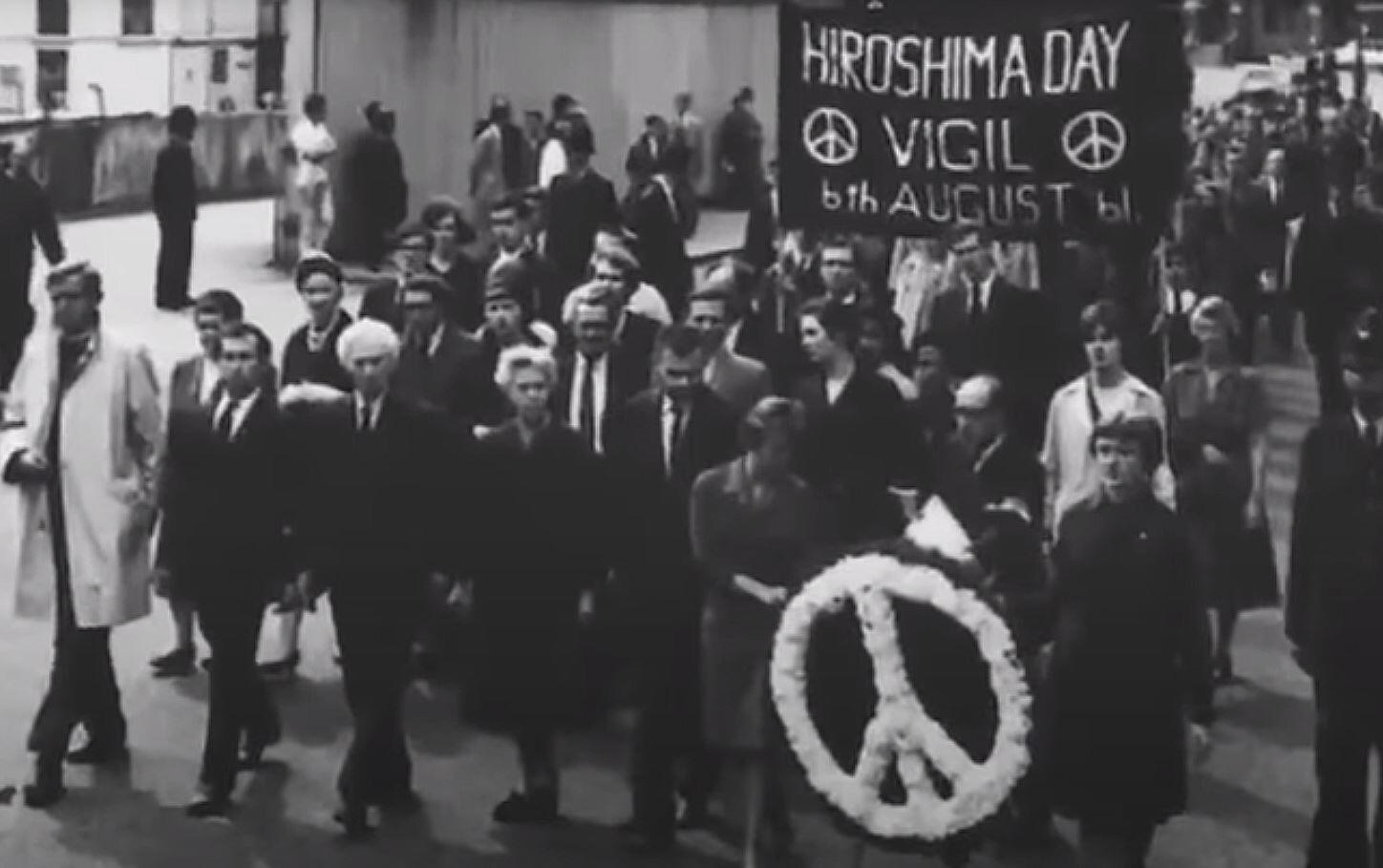The 1960s and '70s: A Canvas for Change
The 1960s and '70s: A Canvas for Change
In the midst of the two dynamic decades of the 1960s and '70s, the world witnessed revolutions, both loud and silent. One of the most underrated yet profound revolutions of this era was the transformation of the humble T-shirt from a basic garment to a symbol of change, mirroring the sweeping societal and political transitions.
The Setting Sun of the Old World
To truly grasp the revolutionary transformation of the T-shirt, one must first understand the world in which it evolved. The backdrop was painted with the uneasy tensions of the Cold War, the fervour of civil rights movements, and waves of social upheavals. In this charged atmosphere, the T-shirt became more than just apparel; it soaked up the spirit of the age and reflected the collective consciousness of a generation. Far from being a passive garment, it turned into a beacon, broadcasting societal and political sentiments.
The Dawn of the Protest Tee
While the printed T-shirt had existed before, its role as a conduit for political dissent truly surged during these decades. Its simple design became a canvas for powerful slogans, turning the ordinary citizen into a messenger of change. Phrases like "Make Love Not War" and "Draft Beer, Not Boys" not only voiced dissent but also encapsulated the zeitgeist. Furthermore, Gerald Holtom's peace symbol, initially designed for a specific anti-nuclear cause, found global resonance on the chests of many, morphing into a universal emblem of peace.
A Splash of Psychedelic Hues
Parallel to the stormy seas of political change, there was a vibrant deluge of psychedelic culture. Events like Woodstock and the rising popularity of hallucinogenic substances gave birth to an art form that dripped in colour and wild patterns. T-shirts became a reflection of this phenomenon, boasting bright hues, fluid designs, and an art form that sought to break free from the conventional.
Rocking Tees with Music
Music, especially rock 'n' roll, captured the soul of society. It echoed sentiments of rebellion, love, and transformation. Bands like The Rolling Stones and the Grateful Dead not only used T-shirts to promote their music but also as instruments of revolt. These were not just pieces of merchandise; they were loud statements against the status quo.
Rising Feminism: Wearing Resistance
The call for gender equality echoed loud and clear during these decades. And the T-shirt was right at the forefront. While "The Future is Female" became a popular rallying cry, other tees brazenly proclaimed, "This Is What A Feminist Looks Like." This was more than fashion; it was a movement, making the statement that women's rights were not up for debate but a necessity.
Green Tees for a Greener World
Environmentalism, while a buzzword today, found its roots in these transformative decades. The inaugural Earth Day in 1970 witnessed a sea of green-themed T-shirts. These tees, with their urgent calls for conservation and sustainability, played a pivotal role in nurturing the sapling of environmental consciousness.
A Picture Worth a Thousand Words
The power of imagery during these decades was unparalleled. Whether it was the ubiquitous portrait of Che Guevara or poignant snapshots of momentous events, these images on T-shirts not only evoked deep emotions but also served as reminders of the journey society was undertaking.
During the tumultuous 1960s and '70s, the T-shirt transitioned from being a mute observer to an active participant in global conversations. It became the voice of dreams, rebellions, and revolutions, holding within its fabric the essence of an era. It's a stark reminder that sometimes, change doesn't roar but whispers softly from the threads of a garment.








Comments (0)
Add a Comment